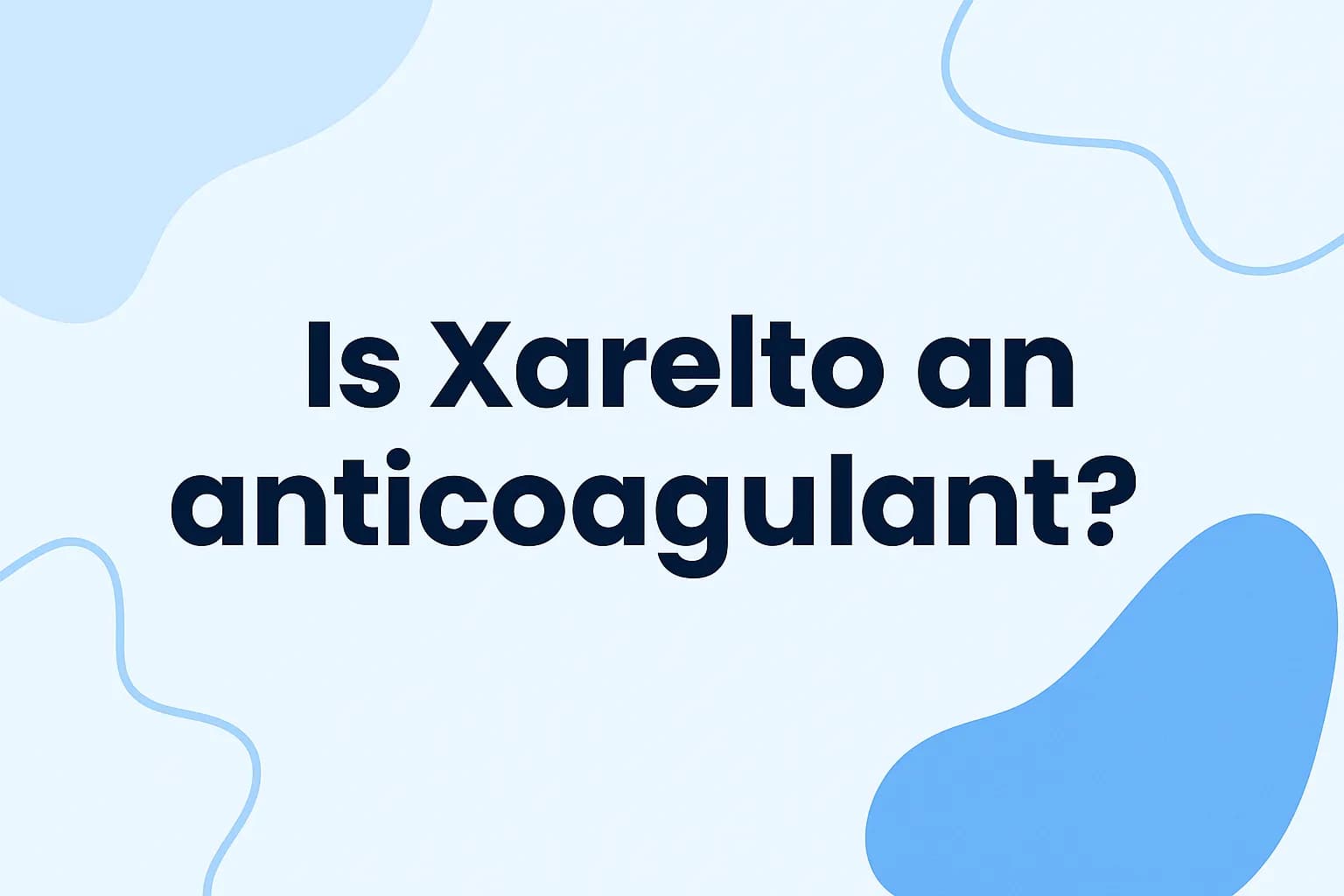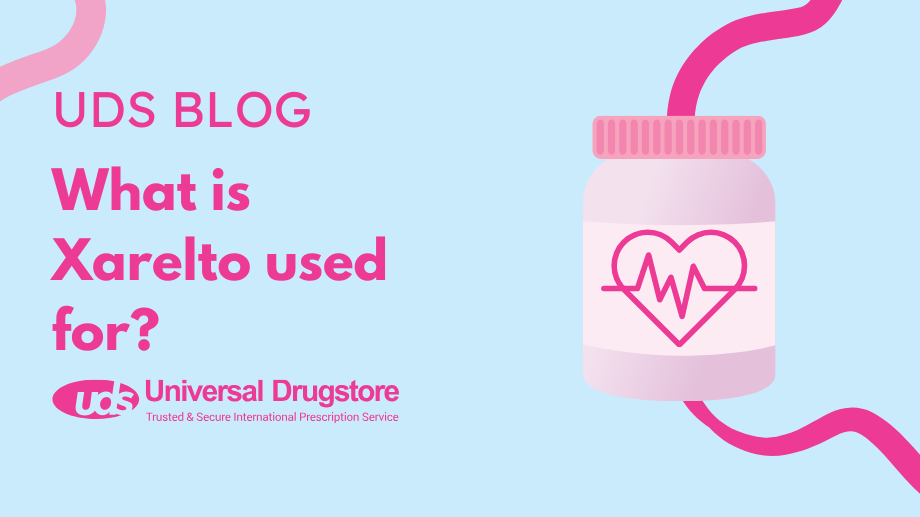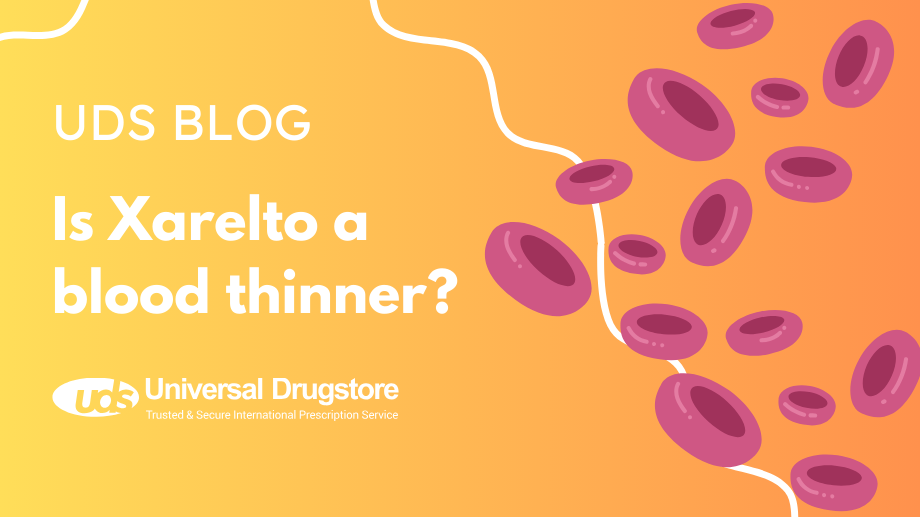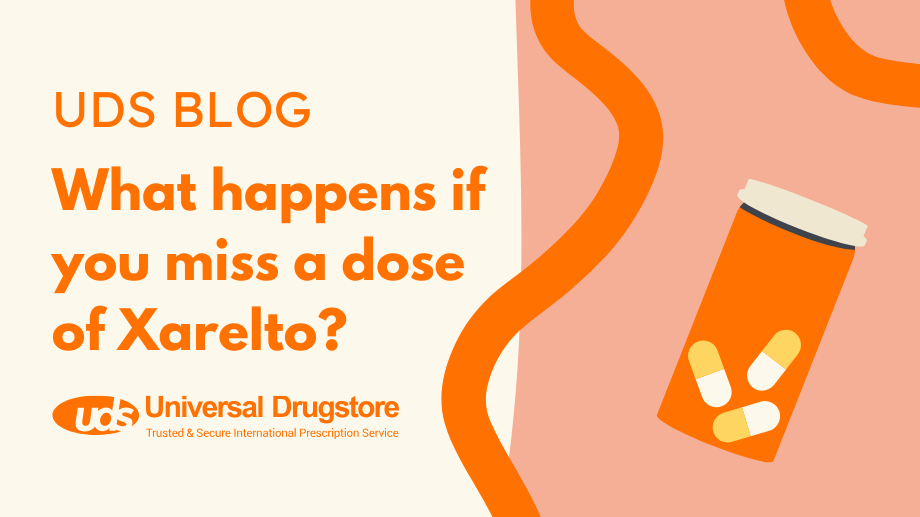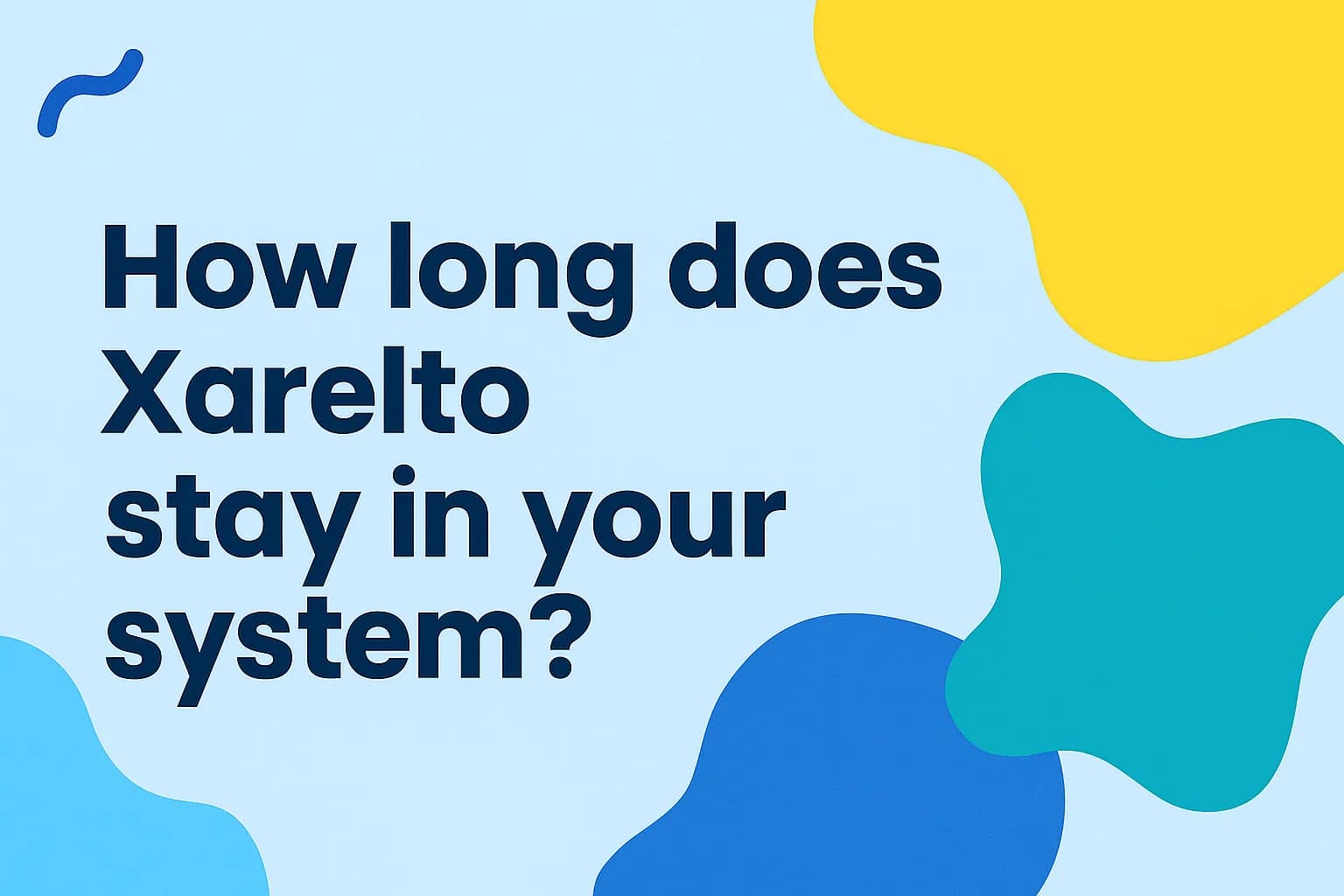What is Xarelto used for?
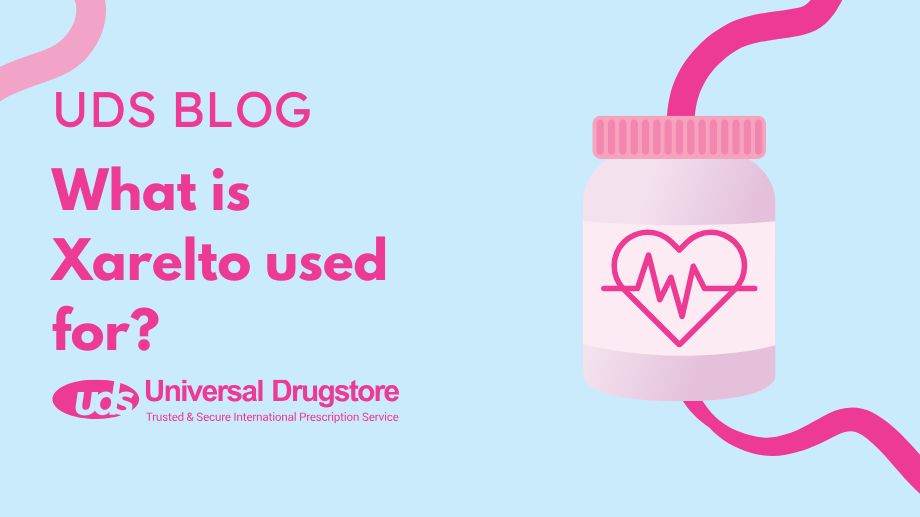
Xarelto (rivaroxaban) is a prescription medication that’s part of the drug class known as anticoagulants or “blood thinners”. It is used to prevent and treat blood clots in certain heart and blood vessel conditions. It is also used to lower the risk of stroke in people with atrial fibrillation (AFib). It can be used to lower the risk of heart attack or stroke in people with heart or peripheral artery disease. Xarelto does not require frequent blood tests like some other blood thinners, but it can increase your risk of serious and possibly life-threatening bleeding episodes.
Keep reading as we go into more detail about what conditions Xarelto treats and its side effects while also answering some frequently asked questions.
Xarelto FAQs
What conditions are Xarelto prescribed to treat?
Xarelto works by inhibiting the formation of blood clots, which can prevent heart attacks and strokes, especially for those at high risk.
It is used in adults to:
- Reduce the risk of stroke and blood clots if you have non-valvular atrial fibrillation
- Treat and prevent deep vein thrombosis (DVT)
- Treat and prevent pulmonary embolism (PE)
- Lower the risk of heart attack or stroke in coronary artery disease or peripheral arterial disease when taken with low-dose aspirin
- Prevent PE and DVT after knee or hip replacement surgery
- Reduce the risk of DVT or PE from occurring again if you are at high risk
It is used in children to:
- Treat and prevent DVT or PE after receiving at least 5 days of injectable blood thinner
- Prevent blood clots in children 2 years and older with congenital heart disease who have undergone a Fontan procedure
How does Xarelto work?
Xarelto belongs to a drug class called factor Xa inhibitors. Factor Xa is a key enzyme involved in the blood clotting process. By preventing factor Xa from working properly, Xarelto reduces your blood’s ability to form clots. This helps manage conditions like DVT and PE while also reducing the risk of stroke in people with atrial fibrillation. However, Xarelto does not dissolve existing clots.
What doses of Xarelto are available?
- 2.5 mg tablets
- 10 mg tablets
- 15 mg tablets
- 20 mg tablets
- 1 mg/ml oral suspension
How should you take Xarelto?
Xarelto is typically taken by mouth once or twice a day, depending on the condition being treated. For most conditions, taking Xarelto with food is generally recommended. If you are taking it to prevent blood clots due to AFib, take it once daily with your evening meal.
Missed doses:
- Once a day (adults): take as soon as remembered on the same day, do not double the next dose
- Twice a day (adults): take missed dose as soon as remembered; it’s okay to take 2 doses together
- Once a day (children): give as soon as remembered, skip if too late
- Twice a day (children): give missed morning dose with evening dose; evening dose must be taken that evening
- Three times a day (children): skip the missed dose
If your child cannot swallow tablets, you may crush the tablet and mix it in applesauce, followed by a meal.
Always follow your healthcare provider’s instructions and do not exceed the prescribed dose.
What is the most common side effect of Xarelto?
In adults, the most common side effect is bleeding. Contact your doctor if you have nosebleeds or bruising.
In children, common side effects include:
- Bleeding
- Cough
- Vomiting
- Stomach virus
- Rash
Other possible side effects include:
- Back pain
- Dizziness
- Headache
- Fatigue
- Stomach pain
- Pain in arms or legs
- Anxiety
- Trouble sleeping
Rare but serious side effects include:
- Severe bleeding (frequent nosebleeds, unusual bruising, blood in urine or stool, vomiting blood)
- Serious allergic reactions (hives, shortness of breath, swelling of mouth or throat)
- Spinal or epidural blood clots
Call your doctor if you experience any of these symptoms. You can also report side effects to the FDA at 1-800-FDA-1088 or www.fda.gov/medwatch.
Are there drug interactions with Xarelto?
Xarelto may interact with the following:
- Other anticoagulants (heparin, aspirin, NSAIDs)
- CYP3A4 inhibitors (erythromycin, ketoconazole, ritonavir)
- CYP3A4 inducers (rifampin, carbamazepine, phenytoin, St. John’s wort)
- SNRIs or SSRIs (increased risk of bleeding)
Always tell your doctor about all medications and supplements you’re taking.
Boxed Warning
The FDA’s Boxed Warning for Xarelto includes:
- Stopping Xarelto too soon may increase risk of blood clots
- Risk of spinal/epidural hematomas with spinal procedures, which may cause paralysis
Notify your provider of any symptoms like numbness, tingling, or bowel/bladder problems if you have had spinal anesthesia or puncture.
What precautions are there with Xarelto?
Inform your healthcare provider if you:
- Have bleeding problems
- Have kidney or liver disease
- Have antiphospholipid syndrome
- Have an artificial heart valve
- Are having surgery or dental work
- Are pregnant or breastfeeding
Is there a generic for Xarelto?
No generic version is currently available in the United States. However, generics may be shipped from Canada via Universal Drugstore.
How do you store Xarelto?
Store at room temperature between 68°F and 77°F (20°C to 25°C). Short-term storage between 59°F and 86°F (15°C to 30°C) is acceptable. Keep in the original packaging, away from moisture and heat, and out of reach of children and pets.
How long can you stay on Xarelto?
It depends on the condition being treated:
- 12 days after knee replacement
- 35 days after hip replacement
- 31–39 days post-hospitalization
- At least 3 months for DVT/PE
- Long-term for atrial fibrillation or coronary artery disease
- 1 month to 1 year in children for DVT/PE
Is hair loss a side effect of Xarelto?
No, hair loss is not a reported side effect of Xarelto. If you experience hair loss, speak with your healthcare provider.
Related medications
- Eliquis (apixaban)
- Pradaxa (dabigatran)
- Arixtra (fondaparinux)
- Savaysa (edoxaban)
- Coumadin (warfarin)
- Lovenox (enoxaparin)
